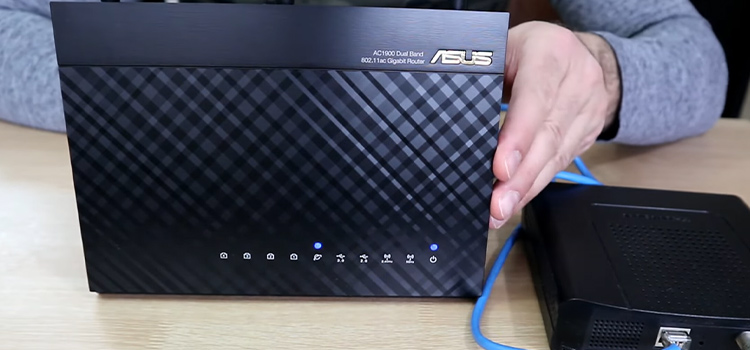Is Gigabyte a Good Brand? | Ultimate Explanation
Gigabyte’s reputation is pretty much unbeaten in Taiwan as well as all over the world. It is out there, competing head-to-head with more mainstream brands like Asus, Intel, EVGA, Pegatron, and Corsair.
Since its principal business is motherboards, people mostly know Gigabyte as a motherboard vendor, although it has a pretty explored portfolio. All Gigabyte hardware, be it GPU, peripheral, motherboard, or laptop, offers excellent longevity at prices you can afford.

Why Gigabyte Brand’s Components Good
In a ranking of Taiwan’s Top 20 Global Brands made by the Taiwan External Trade Development Council back in 2010, Gigabyte was at rank 17. And in the first quarter of 2015, the number of motherboard units Gigabyte shipped was close to 5 million. As a result, it became the leading motherboard manufacturer.
On top of that, Gigabyte has a chunk of its funding going into research and development. That explains how it released the world’s first motherboard with 60A ICs. Considering all these achievements, the brand reputation of Gigabyte is undoubtedly among the bests in the world.
Although Gigabyte used to be a motherboard manufacturer, it has been expanding its portfolio during the 36 years it has been around. It now has a vast lineup of computer hardware, including laptops, monitors, peripherals, GPUs, cooling solutions, and whatnot.
And despite such diverse offerings, Gigabyte maintains top-notch quality. Let us explain.
1. Motherboards
Gigabyte has been dominating the motherboard industry mainly due to the integration of reliability and performance of its mobos. Most consumers still know Gigabyte as a motherboard manufacturer, which explains the popularity of its boards.
To begin with, motherboards such as the Gigabyte B365M DS3H are feature-packed, including support for dual BIOS capacity and SATA III. Thanks to the dual BIOS feature, you won’t ever lose your data since it gets backed up into the backup BIOS from the main one.

Plus, there’s support for up to 9th gen Intel processors, a hybrid PWM design, and DDR4 RAM support. All these make the motherboard an appealing option for gamers and speed-seekers.
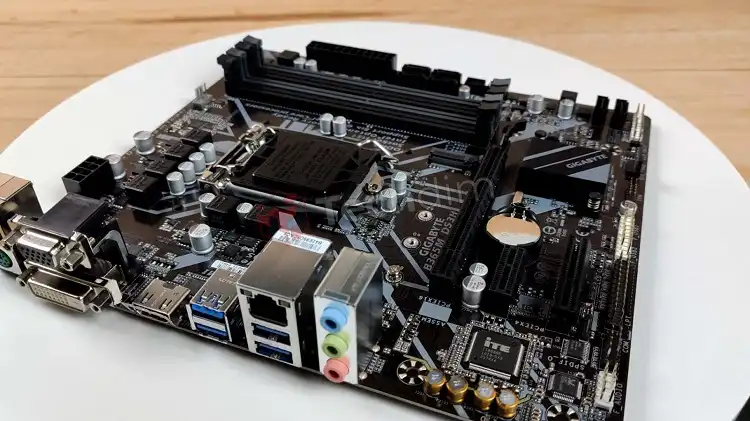
In addition, Gigabyte motherboards usually support most graphics cards and crossfire while offering Quad SLI. Moreover, they come with excellent top-of-the-line audio capacitors for high-res audio. You’ll know how important these terms are if you are a gamer.
Most interestingly, these mobos don’t break the bank despite offering such unique features. So, they are excellent value-for-money products from Gigabyte.
2. Laptops
As far as laptops are concerned, Gigabyte makes some of the best ones. It has dedicated lineups for each type of consumer. Whether you are a content creator, a hardcore gamer, or a video editor, there’s a Gigabyte laptop for you.
Its Aero laptops are for content creators who prefer a good-looking device, for example. Not only do they look stunning but also feature beautiful, color-accurate screens for creators and designers. The top-of-the-line Aero 15 comes with a 4K Ultra HD AMOLED display, a rare thing to see in laptops.
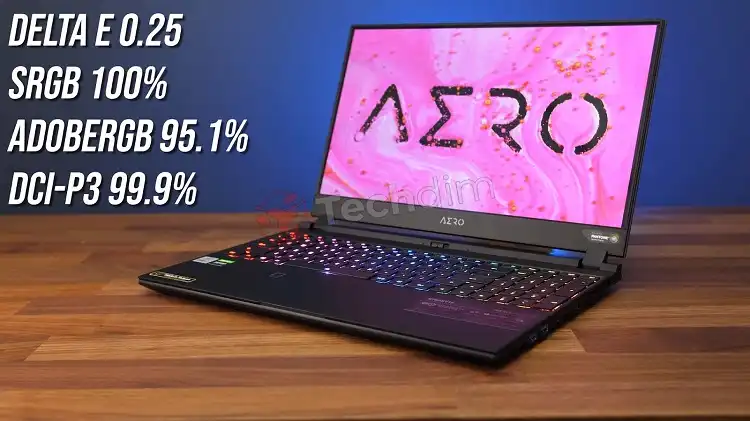
The stylish looks, however, are not limited to the Aero series of laptops. Instead, almost all notebooks from Gigabyte, including their AORUS gaming series, share the same premium build. Pair that with the powerful hardware inside, and you’ve got yourself one heck of a laptop, which explains their popularity among techies.
On the flip side, these appealing machines cost a fortune, the creator editions ranging up to four thousand bucks. So, picking one of those might be a bit overkill unless you are a heavy user. Plus, they aren’t as portable as the competition while having mediocre battery endurance.

The few drawbacks, however, are justifiable since almost all laptops lack something. Therefore, if the high price tag doesn’t bother you and you are willing to deal with the subpar cooling and slightly worse battery life, Gigabyte laptops are among the best choices you can make.
3. Graphics Processing Unit (GPUs)
What helps Gigabyte GPUs stand out is their incredibly reasonable pricing. They are so affordable you can get one for only 50 bucks. However, GPUs like the RX 5700 are not among the most high-end gaming boards. Yet, they offer decent performance on a budget, letting you play quite a few modern AAA titles.

That doesn’t mean you won’t get Gigabyte GPUs dedicated to gaming. They also have high-end models like the Gigabyte GeForce RTX 2080 OC 8G with 8GB or GDDR6 RAM. You can play on 4K settings without getting the graphics card too hot because of its WindForce 3X cooling system.
Besides, the modular design of Gigabyte graphics cards allows you to choose the accompanying components. That, in turn, helps you stay within your budget.
4. Peripherals
Gigabyte also manufactures peripheral devices like mice, keyboards, and even headsets.
(a) Mice
Gigabyte offers a number of mice, be it wired, wireless, productivity, or gaming. As for gaming, their AORUS and Aivia series are among the top in the industry. They offer excellent ergonomics, sleek design, and even programmable buttons.
A noteworthy model is the AORUS M5, a wired gaming mouse that falls in the premium category. What makes it unique is a remarkably wide yet easily adjustable CPI range (Counts per inch).
Also, the click latency is among the best, if not the best, for most casual FPS sessions. Not to mention, the top-notch build quality and the RGB strip with ten independent zones on each side are worth the price.

(b) Keyboards
You will find a suitable Gigabyte keyboard, no matter your use case. Most Of them are well-built and not flimsy as competitors, thanks to the added assurance of sturdiness that typically comes with Gigabyte products. Although they might fall short in terms of features, you will get excellent durability for the price.
For example, the Aorus K9, despite looking like most other mechanical keyboards, has unmatched robustness. Plus, there’s splash and chatter protection as well. And that’s not just it, as we love the responsiveness of its Flaretech switch and the immersive gaming experience that comes along.
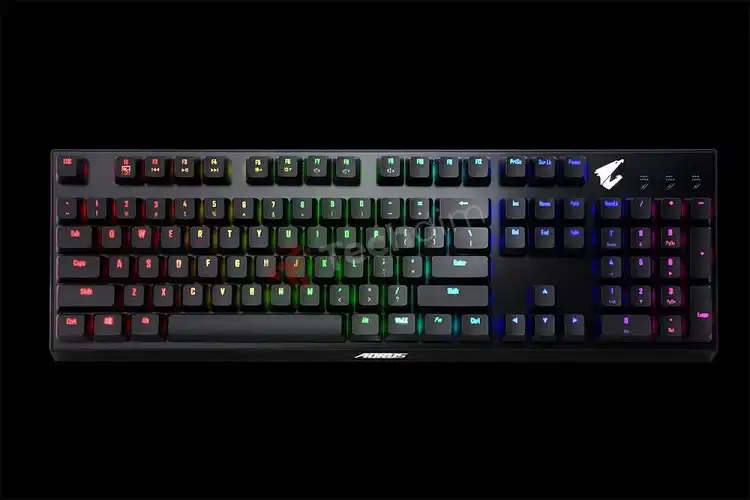
As for the looks, you won’t be getting all the bells and whistles, unfortunately. Instead, it has more of a functional design that works. Decent RGB customizations, comfortable typing, a sturdy braided cable, and a close to zero debounce time add up to provide satisfactory performance.
You can step things up even further by opting for other high-end models under the Aorus radar. The Aorus K1 and Aorus K7 can be excellent picks, for instance.
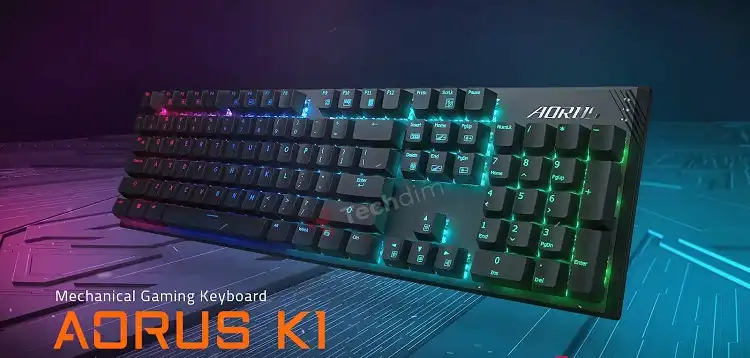
(c) Headsets
Apart from input peripherals, Gigabyte has expanded its portfolio by adding output devices, mostly headphones. There’s a handful of them, including the FORCE series, XH series, and top-of-the-line Aorus series. Among them, the Aorus H5, with 50mm Beryllium drivers, is the most talked about pair.
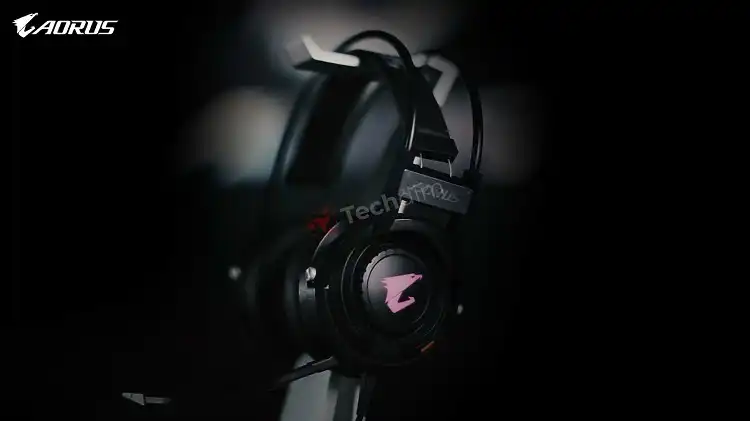
For the most part, this pair of headsets sound pretty good. Well, don’t get me wrong. They are by no means audiophile-grade but catered more toward gaming. So, you won’t get punchy bass, sharp treble, or clear mids and vocals. That said, there’s almost no distortion at max volume, which is praiseworthy.
For gaming headsets, an immersive gaming experience is what matters the most. On that note, they provide a commendable stereo output so that you can precisely hear enemy footsteps in FPS games. Last but not least, they feature customizable RGB, a must-have for gamers.
(d) Monitors
Gigabyte monitors are a gamer’s delight, having high-end specs like fast refresh rates, excellent contrast ratio, and vivid color reproduction. With their Aorus FO48U, they simply maxed out the specifications, offering a 48-inch 4K OLED gateway to immersive gaming.
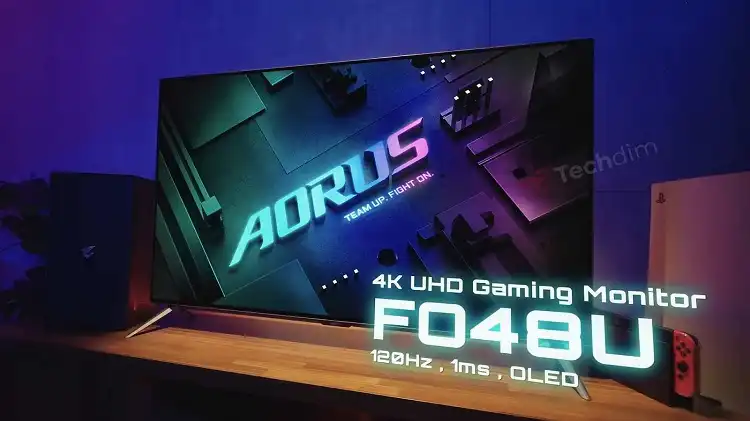
There’s hardly any scope to complain, given it features 98% DCI-P3 and 130% sRGB coverage, with 10-bit colors and HDR10 support. So, the color accuracy is top-notch, with deep inky blacks for an enjoyable viewing experience. Also, the screen gets very bright, offering excellent visibility in most lighting conditions.
5. Solid State Drives (SSDs)
From the days of HDDs, Gigabyte has been a steady player, contributing a chunky percentage to the total global shipments. That legacy still carries on with their wide range of SSDs, be it SATA, Gen4, or Gen5 models.
Gigabyte SSDs are well-known for longevity and uncompromised read-write speeds. If you are a gamer, you’ll be better off with their Aorus Gen5 SSDs, as their sequential read speed is a whopping 9500 MB/s. However, even the lower-end Gigabyte M.2 SSD is no joke and will get you through the most demanding tasks.
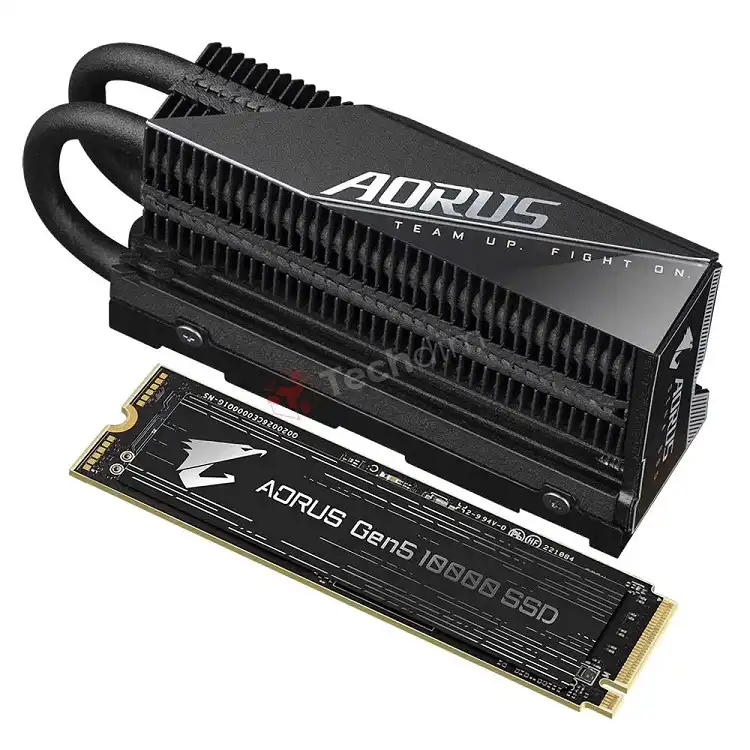
6. PC Case
Whether you’re going for a full, mid, or mini tower build, Gigabyte has you covered, with plenty of models to choose from. The most recent additions to their case lineup are the Aorus C700, C500, and C300. All have a sleek glass design, stylish looks, RGBs, and, most importantly, ample airflow.
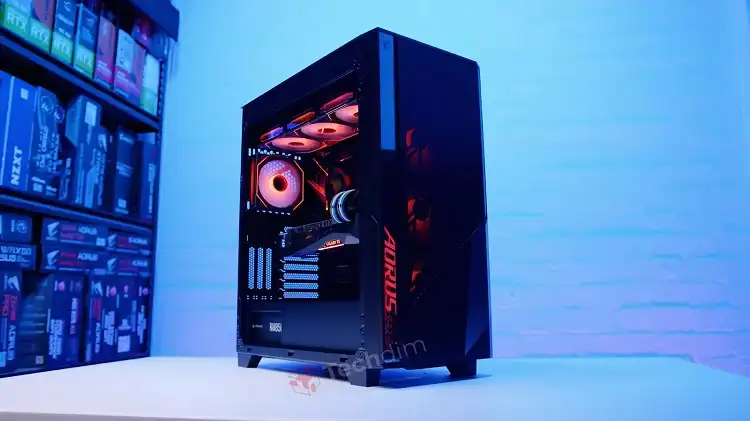
You can, however, opt for more mainstream options like the Gigabyte C301 or the Horus P2. Given their reputation and positive user reviews, they should not disappoint.
Frequently Asked Questions And Answers
Is Gigabyte a good brand for gaming?
Yes, it is. Gigabyte graphics cards are easily among the best GPUs out there, which makes them quite popular for gaming. The high-quality components, massive storage, and monstrous RAMs make Gigabyte machines the best choice for heavy users like gamers and content creators.
Is Gigabyte better than Asus?
There cannot be a definite answer to which brand is superior as it boils down to personal preferences. Some people may value Asus products more since they offer more features for the price. In contrast, those who prefer Gigabyte might be willing to pay a little extra for the added durability and high-end features.
Final Words
The brand recognition of Gigabyte is right up there with the more mainstream hardware companies. And most of its reputation comes from its reliable and feature-packed motherboards. But you won’t miss out on the quality if you purchase their laptops, graphics cards, or anything else. That alone describes how good Gigabyte is as a brand.
Subscribe to our newsletter
& plug into
the world of technology





